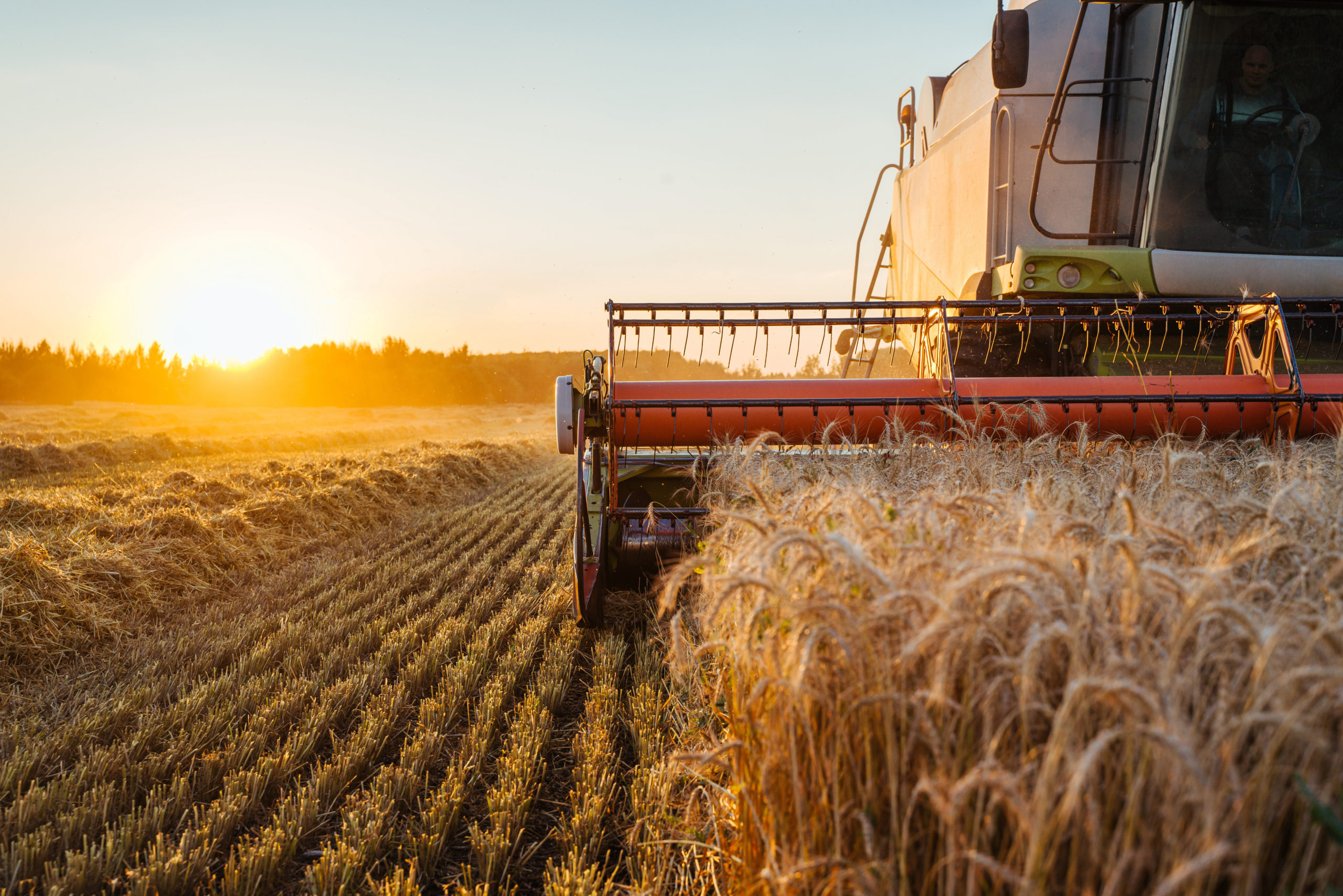Forests stretch around 31% of the land size on our planet. It provides the inhabitants purifying water and air. It also contributes to the employment rate of a country. Reports show that 13.2 of the world’s population are working in the forest department, and approximately 41 million people are working in departments related to forestry. Furthermore, forests are also home to 80% of the world’s land-based animals. Lastly, forests have a paramount role in reducing the planet’s global warming. It absorbs carbon dioxide and greenhouse gases that contribute to the destruction of the ozone layer. However, forests across the globe are now under threat of extinction.
What is Deforestation?
Deforestation is the decrease or downsizing of the forest areas by cutting trees and converting the land areas into mining activities, urbanization, or advanced agricultural croplands. It is also the removal of trees to make way for animal grazing. The Union of Concerned Scientists (UCS) shares that the top tropical deforestation stimulators are palm oil, wood products, soy, and beef.
Why Is Deforestation Happening?
Deforestation is brought by illegal logging, agriculture, mining, animal grazing, urbanization, forestry practices, or natural calamities that cause wildfires and floods. The United Nations Framework Convention on Climate Change (UNFCCC) records agriculture as the top contributor for deforestation, accounting for 80%, followed by 25% for cattle pasture, and around 14% for logging activities.
Several countries, like Indonesia and Malaysia, are cutting trees mainly for the production of palm oil. The products are then commercialized into shampoos and saltines. Other countries are commercializing forests into plantations of cotton, maize, sugar cane, and rice. While some other parts of the world, like the Amazon, account for the massive cattle ranching and farming.
Globally, logging activities are prevalent due to the demand for wood and paper products. Hence, most of the operators are illegally logging to meet the market requirements of the world. They even build new roads to access remote forests, which in turn leads to increased deforestation.
Additionally, while the world’s population increases, the forest lands simultaneously decrease to build homes for the community, though the need for roofs is not the only reason for commercial constructions. Infrastructures expand to match the lifestyle of the population. Industries need a way to move goods from point to point, such as transportation rails/ports, transformation sites, and energy generation, which also adds to the growing deforestation rates.
Contrastingly, deforestation is not purely intentional. It can also be caused by natural attributes like hurricanes, floods, wildfires, parasite-caused diseases, overgrazing, which prevents the development and growth of trees. However, it has to be noted that these cases only account for a minimal percentage of the overall deforestation factors.
How Does Deforestation Affect the Environment?
Deforestation removes the chances of having a natural ecosystem. It destroys not only the ecological diversity but also the natural balance of the earth that creates life. Forests are home to numerous mammals, amphibians, birds, insects, and plants. Moreover, it provides food, shelter, and a pleasant temperature for all these animals and plants. If deforestation increases, many animals and plants will not survive the direct sunlight and will no longer have foods to live by.
It doesn’t only affect biodiversity but also the water quality the population receives. In a report shared by FAO in 2018, almost three-quarters of the earth’s freshwater is from forested watersheds. And half of the world’s population relies on these watersheds for drinking water.
Natural calamities are inevitable, like extreme rain and floods; hence, if deforestation continues, it destabilizes the soil conditions. It is because the roots help the trees firmly stand through strong winds and landslides.
Deforestation plays an immense role in climate change. Trees absorb carbon dioxide their entire lives. And if trees are cut down, the carbon dioxide will be released back to the atmosphere, which contributes to the greenhouse effect and global warming. It as well leads to reduced rainfall, causing extreme drought conditions.
Where is Deforestation Happening?
Deforestation is manifested worldwide, but it is more prevalent in tropical regions, like the Amazon rainforest, Africa, and Southeast Asia like Borneo and Indonesia. The world’s largest forest, the Amazon Rainforest, has been in danger since the 1960s. During the decade, approximately 20% of its entire land was damaged due to commercial and industrial activities like mines, dams, and roads. However, during the 1990s, the causes of the Amazon’s rainforest deforestation accounts for a large portion of livestock farming. Roughly 70% of the land is exposed to commercial soya production.
Indonesia and Borneo are two of the Southeast Asian countries known to have the richest forest and biodiversity globally, next to the Amazon. However, as per the records of the Food and Agriculture Organization (FAO) of the United Nations, between 1990 and 2012, Indonesia started to sacrifice approximately 9 million hectares of forests in replace for the production of palm oil.
Africa, on the other hand, races Indonesia and Borneo’s deforestation rates at 2 million hectares of forest being lost every year. In Nigeria itself, an estimate of 90% of its forests are lost due to human practices such as woodcutting and mining activities. Nigeria is also one of the top countries that produce cocoa and palm oil.
How Can We Stop Deforestation?
Several conservationists still fight to preserve the ecosystem and restore the lost forest land areas. In fact, several countries are now open and helping in the conservation of rainforests. In Tanzania, for example, the community in Kokota has already grown over 2 million trees for the past ten years. The residents aim to restore its damaged forests. Additionally, in Brazil, environmentalists rally, hoping that the government provides further forest protections.
As consumers, you can also help stop deforestation by checking the products you buy from your local stores. Avoiding meat and dairy products could reduce deforestation. Cattle grazing covers a huge land area for them to grow, and reducing the demand would help decrease the global farmland coverage. Furthermore, as technology advances, you can go paperless as much as possible. Receipts can now be digital and even letters through emails.
Also, some non-profit organizations certify products that are considered sustainably produced. But the demand for certain foods helps restore the world’s forests and biodiversity. Economically speaking, the lesser the demand, the lesser the production.
[su_divider top=”no” divider_color=”#726c6d” size=”7″ margin=”5″]
[su_button url=”https://www.facebook.com/tradelinksainternational/?view_public_for=105757601162821″ target=”blank” style=”flat” size=”5″ icon=”icon: facebook-f” text_shadow=”0px 0px 0px #000000″] [/su_button] [su_button url=”https://www.linkedin.com/company/tradelink-sa/?viewAsMember=true” target=”blank” style=”flat” size=”5″ icon=”icon: linkedin” text_shadow=”0px 0px 0px #000000″] [/su_button] [su_button url=”https://www.instagram.com/tradelinknz/” target=”blank” style=”flat” size=”5″ icon=”icon: instagram” text_shadow=”0px 0px 0px #000000″] [/su_button] [su_button url=”https://www.youtube.com/channel/UCewEsyFy0Y_1MdjwhsXvT0w” target=”blank” style=”flat” size=”5″ icon=”icon: youtube” text_shadow=”0px 0px 0px #000000″] [/su_button]
[su_youtube_advanced url=”https://www.youtube.com/watch?v=LCEkNZdMi04″ height=”200″ responsive=”no” fs=”no”]


